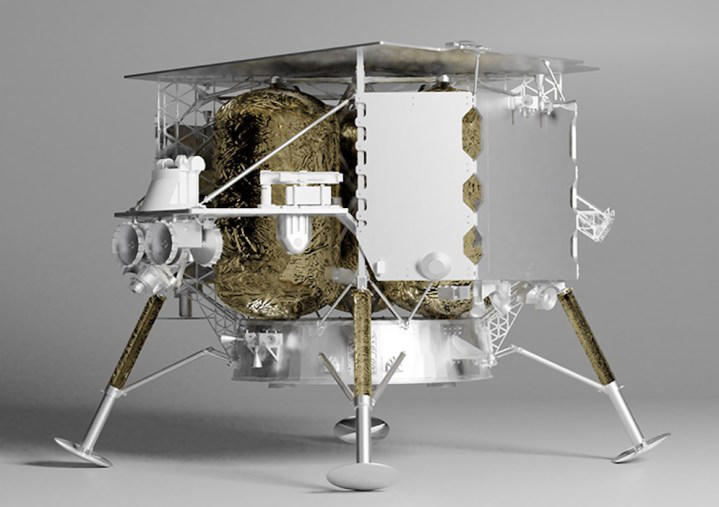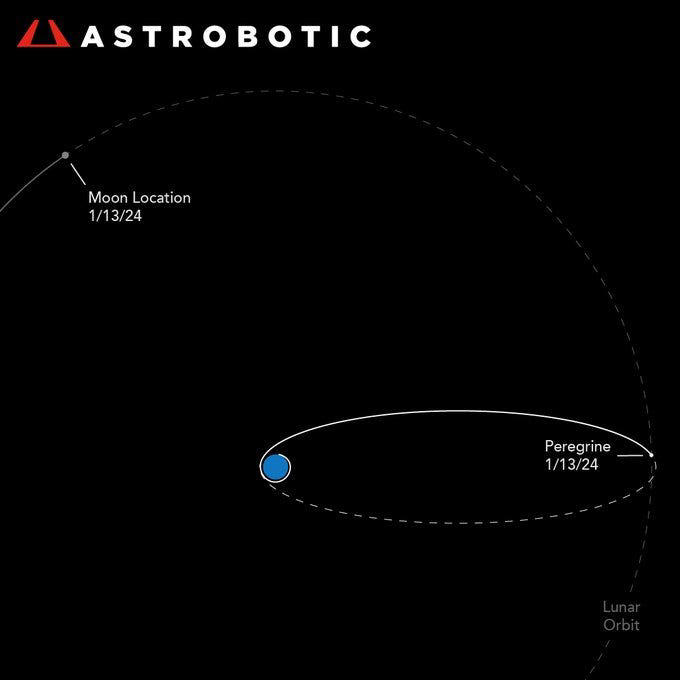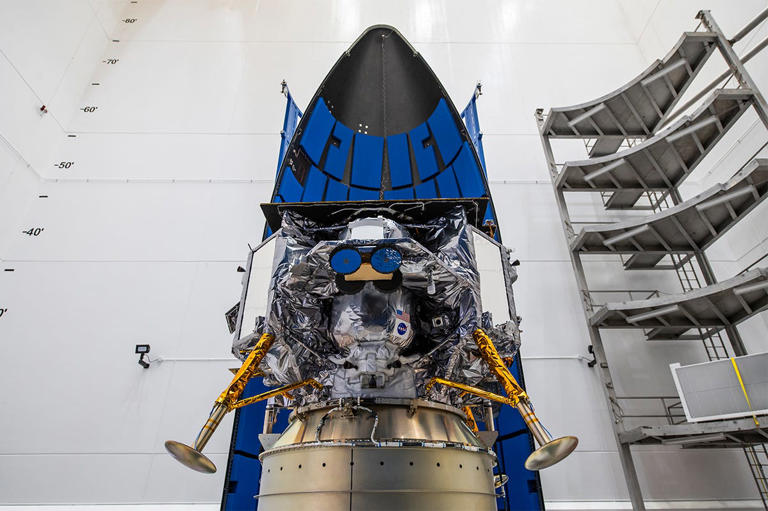New Mars Forums
You are not logged in.
- Topics: Active | Unanswered
Announcement
Pages: 1
#1 2014-12-16 22:47:44
- SpaceNut
- Administrator
- From: New Hampshire
- Registered: 2004-07-22
- Posts: 29,780
CATALYST Moon Express
Cargo Transportation and Landing by Soft Touchdown Moon Express MX-1 testing compact lunar lander at Kennedy automated landing and hazard avoidance technology, or ALHAT field at the Shuttle Landing Facility, to perform its initial lander test development.
The Moon Express team has been busy since October preparing the test vehicle, called MTV-1X, for a series of tests. The compact vehicle is the size of a large coffee table. The version of this vehicle that will fly in space is a single-stage spacecraft that uses hydrogen peroxide as a primary fuel in a bi-propellant propulsion system bolstered by kerosene for its Earth departure and moon arrival burns. It's also powered by solar energy, which makes it a very green vehicle.
http://www.nasa.gov/lunarcatalyst
This year, the vehicle's guidance, navigation, control and operation will be checked during initial testing. According to Moon Express president Andy Aldrin, the team will use a crane to hover the vehicle and move it around at the ALHAT field to capture the vehicle milestone process. A series of tethered landing tests will be performed until enough confidence is established in vehicle control to do a free flight.
Early next year, another set of tests will occur. The same test vehicle will be used, with added hydrogen peroxide thrusters, a star tracker and some of the navigation controls that will be used on the actual flight vehicle.
Later in the year, more flight-like versions of the test vehicle will be built, called MTV-2 and MTV-3, which will utilize a unique fuel tank called a toroidal tank, which is shaped like a doughnut and will be installed on the vehicle and tested to determine how the fuel behaves as it swirls around in the tank. Aldrin said the advantage of a tank shaped like this is the vehicle can be packaged into a very compact spacecraft that holds a lot of propellant.
Offline
Like button can go here
#2 2015-07-08 22:10:24
- SpaceNut
- Administrator
- From: New Hampshire
- Registered: 2004-07-22
- Posts: 29,780
Re: CATALYST Moon Express
Astrobotic and NASA Partnership Develop Software and Trajectory for Griffin Lander
Astrobotic's Pathway to the Moon Verified by NASA "Gold Standard" Simulation Tools under the Lunar CATALYST initiative, has developed a preliminary version of its flight software for precision guidance. This software will direct the Griffin lander to safe touchdown on the Moon at a pit in the Lacus Mortis region on Astrobotic's first mission. Astrobotic developed the software using NASA's Core Flight Software (CFS), then validated Griffin's mission performance and fuel usage using NASA-proven modeling and simulation tools.
Astrobotic was one of three companies selected by NASA under the Lunar CATALYST program, which establishes no-funds-exchanged Space Act Agreements to encourage the development of robotic lunar landers that can be integrated with U.S. commercial launch capabilities to deliver payloads to the lunar surface.
Offline
Like button can go here
#3 2022-09-12 07:59:56
- Mars_B4_Moon
- Member
- Registered: 2006-03-23
- Posts: 9,776
Re: CATALYST Moon Express
Court approves sale of Masten assets to Astrobotic
Offline
Like button can go here
#4 2024-01-14 12:30:41
- SpaceNut
- Administrator
- From: New Hampshire
- Registered: 2004-07-22
- Posts: 29,780
Re: CATALYST Moon Express
Astrobotic’s Peregrine keeps on flying, but for how much longer?
The ship had to make it to the lunar surface with its 21 different payloads.
Peregrine has been operating in space for three-and-a-half days and is currently 225,000 miles from Earth, which is 94% of lunar distance, Astrobotic said on Thursday.
While the mission has fallen well short of its goal by failing to reach the lunar surface, Astrobotic will take some comfort from Peregrine’s longer-than-expected flight, as well as its ability to make use of some of Peregrine’s many payloads.
Offline
Like button can go here
#5 2024-01-15 13:09:23
- SpaceNut
- Administrator
- From: New Hampshire
- Registered: 2004-07-22
- Posts: 29,780
Re: CATALYST Moon Express
Astrobotic's lunar lander Peregrine won't make it to the moon following a fuel leak. Astrobotic, which built Peregrine, theorized that a valve connecting two tanks failed. Pressurized helium leaked into an oxidizer tank, which burst.
With Astrobotic set to deliver NASA's VIPER rover to the moon later this year, it will need to show that it addressed not just the valve problem but "the issue that caused the issue," Gollapudi said.
Following Peregrine's mishap, NASA announced it's delaying its own moon missions until at least 2026.
Offline
Like button can go here
#6 2024-01-15 13:19:17
- SpaceNut
- Administrator
- From: New Hampshire
- Registered: 2004-07-22
- Posts: 29,780
Re: CATALYST Moon Express
The vehicle was about 234,000 miles away from Earth on Sunday
Offline
Like button can go here
Pages: 1



